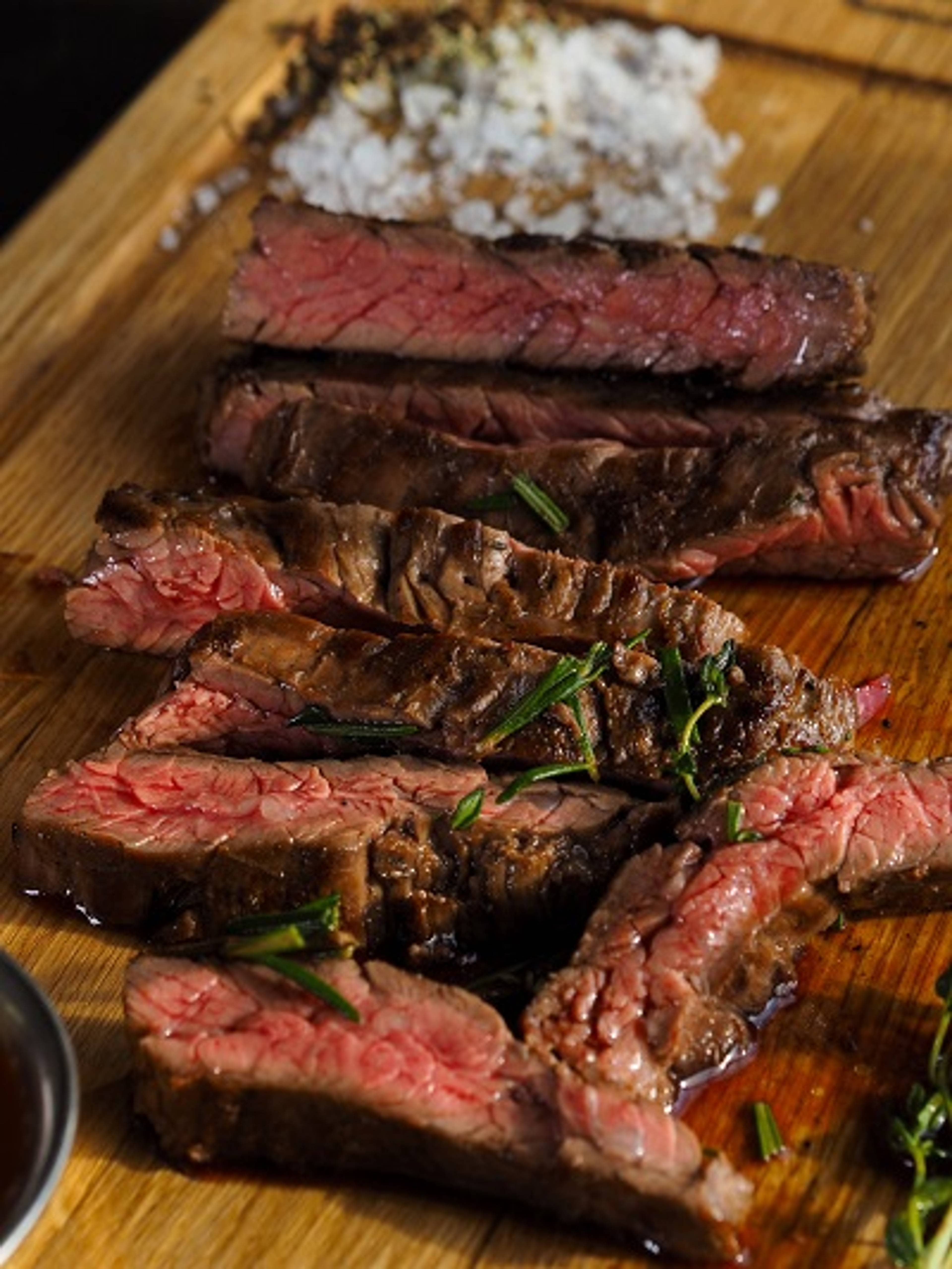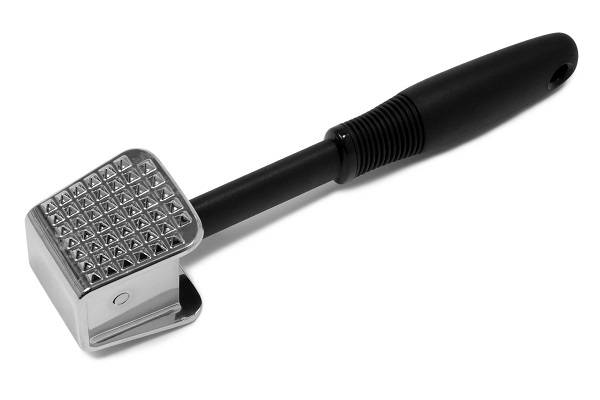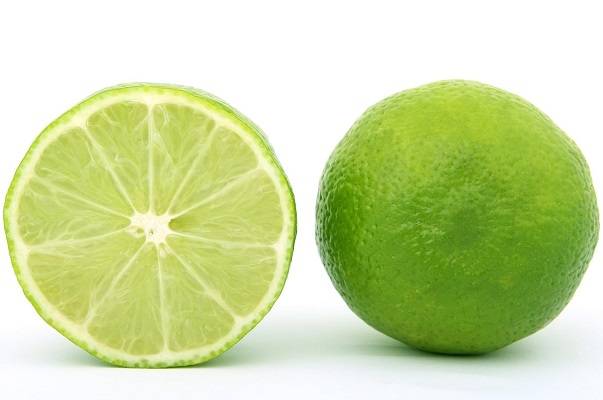How to Use a Meat Tenderizer & The Different Types
Meat Tenderizers 101
There’s nothing more disappointing than biting into a cut of meat that looks perfectly succulent … only to realize that it’s hard and chewy. This can be especially frustrating if you spent a pretty penny on the ingredients—or worse, you’re hosting dinner guests.
If this sounds familiar, it might be time to learn how to tenderize meat. As the name suggests, the process of tenderization makes meat more tender, ensuring your homemade meat recipes are supple. Think of it as having your meat and eating it too.

What Do Meat Tenderizers Do?
Types of Meat Tenderizers

Physical (mechanical) meat tenderizers involve kitchen tools.
These gadgets allow you to pound or pierce the meat, which mechanically separates collagen bonds. There are also two main types of physical meat tenderizer tools: mallets and bladed/needled models.

Chemical meat tenderizers involve added ingredients.
This option usually relies on the action of enzymes, or molecules that break the bonds between things like—you guessed it—collagen proteins. Examples include acidic fruit juices like lemon, lime, or pineapple juice.

How to Tenderize Steak With a Mallet
